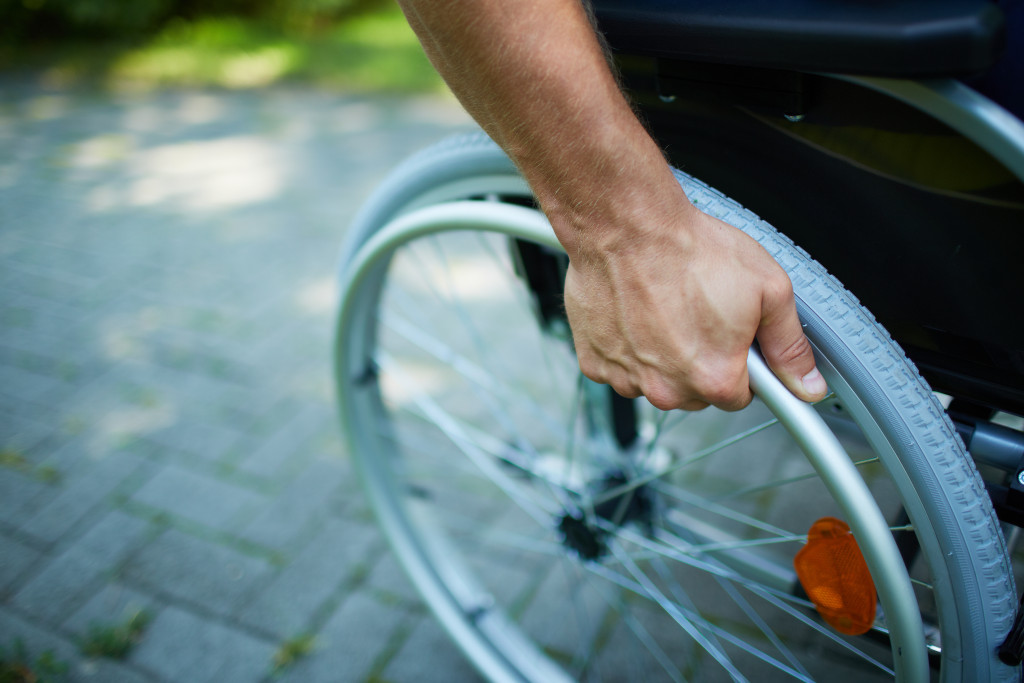- Installing braille signage and tactile maps as well as providing audio tours are important steps for people with visual impairments.
- Mobility can be made easier by providing accessible transportation options such as ramps, lifts, and tactile paving.
- Wheelchair-accessible restrooms should be installed in public places to ensure that everyone can access necessary amenities safely and comfortably.
- Sensory-friendly experiences can be provided by reducing environmental noise, minimizing harsh lighting, and offering policy changes.
Accessibility is an important factor for many travelers when it comes to choosing a tourist destination. Unfortunately, not all destinations are equally accessible for people with disabilities or other special needs. As such, there has been an increasing focus on improving accessibility in tourist destinations so that everyone can enjoy the benefits of travel and exploration.
This article will explore some of the ways that governments, businesses, and individuals can work together to make tourist attractions more accessible for all types of visitors. It will look at specific steps that can be taken to ensure accessibility in transportation systems, accommodations, public spaces, and recreational activities.
By understanding these measures and taking action where necessary you can create a more inclusive world where everyone has the opportunity to experience new places and cultures without any unnecessary barriers standing in their way.
Helping the visually-impaired
Here are some steps that can be taken to ensure that visually-impaired people have a positive experience when traveling:
Installing braille signage and tactile maps

Installing braille signage and tactile maps in public places is an important step in improving accessibility for visually impaired tourists. Many cities, towns, parks, and other tourist destinations now recognize the need to be inclusive when it comes to providing information/direction.
This should begin with an assessment of the current value system of the establishment such as its font style, size, color palette, and purpose of signage. To ensure that braille signs and tactile maps are created properly they should only be done so using a CO2 laser machine. This method offers precision, detail control, outline transparency, and engraving accuracy required for intricate designs on materials like wood, plastic, or metal.
Making audio tours available
Making audio tours available is an excellent way of improving accessibility for tourists visiting destinations. It allows people with varying mobility, vision, and hearing levels to participate in the experience at their own pace and according to their individual needs. To do this properly, key considerations should be given to the type of technology used, route design, duration of tour content, and barrier-free access points.
Quality sound equipment should be supplied to ensure clear delivery of the audio. The tour routes should also be designed with accessibility in mind – minimized walking distances, obstacle-free paths, and sensitively selected stopping points would help create an accessible experience for all participants.
Additionally, content lengths should be varied to cater to different attentiveness capacities. Finally, free access points are a must for those wishing to go through the tour autonomously: having well-located navigation stations equipped with comfortable headphones would make it easier for everyone to take part in the tour regardless of their physical abilities or limitations.
Making mobility easier
To make transportation effortless for all guests, here are some steps that can be taken:
Providing accessible transportation

Providing accessible transportation options is a key step in making tourist destinations more welcoming and comfortable for those with disabilities or impairments. With thoughtful planning and design, it is possible to make any destination more accessible by creating ramps, installing lifts, and even using tactile paving.
Doing so involves taking a holistic approach to accessibility, understanding which parts of the destination pose restrictions, and putting policies in place that emphasize accessibility over convenience. Public transportation systems also have an important role to play when attempting to improve accessibility at tourist locations.
Installing wheelchair-accessible restrooms in public places
Ensuring wheelchair-accessible restrooms are present in public places is an important step toward improving the accessibility of tourist destinations. Ramps, lifts, and tactile paving all provide different methods for those in wheelchairs to access necessary amenities. When installing such features, it’s essential that they adhere to best practice guidelines, including size specifications and grab rail locations.
Furthermore, the proposed configuration should be subject to consultation with local disability groups or stakeholders who can provide feedback on ways to make the bathroom safer and more comfortable for everyone. It’s also important to ensure dedicated staff is available for help and advice if needed.
Offering sensory-friendly experiences
Offering sensory-friendly experiences in tourist attractions can be a great alternative way to improve accessibility. Tourists should be aware that reduced noise and light stimuli are primary methods of providing an improved experience for guests with special needs.
One tactic is to reduce the sounds of any loud machines and appliances, such as ice cream carts. Similarly, environmental noise like echoing voices must be kept to a minimum by limiting the number of visitors at any one time.
Visuals can also be made more accessible by diminishing harsh lighting and utilizing bright colors or theme-appropriate music instead. Furthermore, lowering ticket prices or offering policy changes for companions of disabled guests can help ensure everyone can enjoy these activities without compromising their health or budget.
These are just a few of the many ways that governments, businesses, and individuals can work together to make tourist attractions more accessible for all. By understanding the needs of those with disabilities or impairments, taking local action to improve accessibility, and working together to create more inclusive experiences, you can ensure that everyone has the opportunity to enjoy the many benefits of travel.

